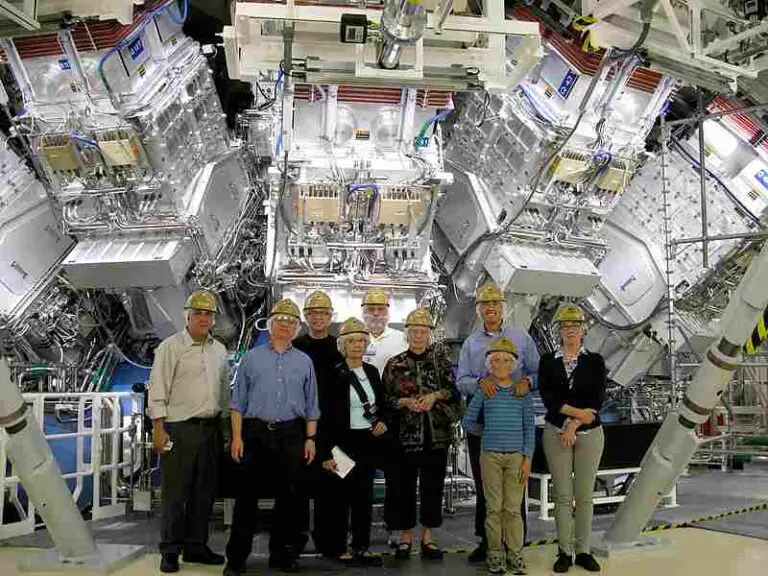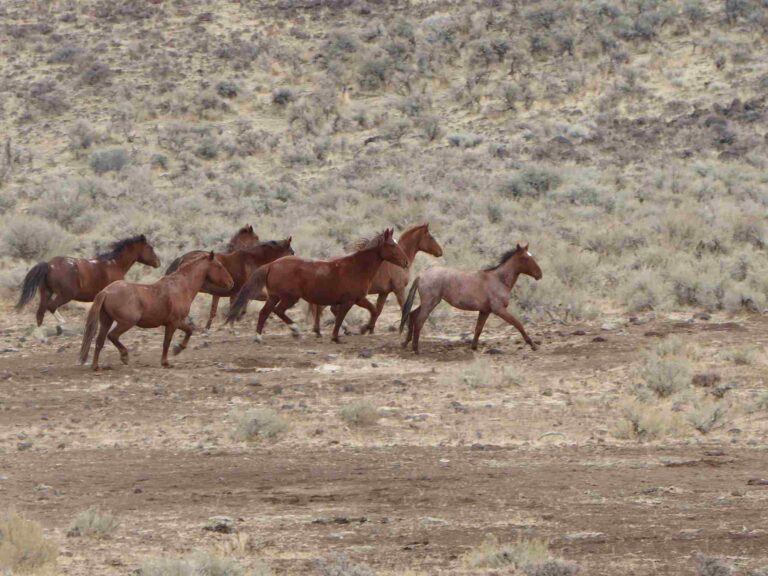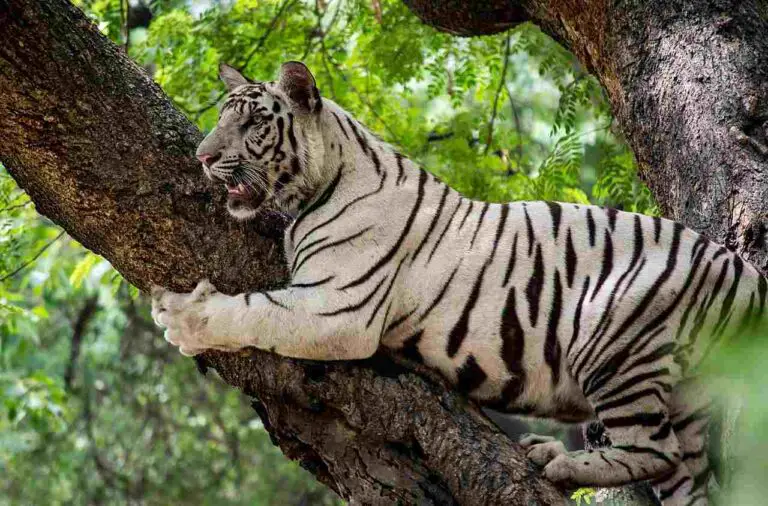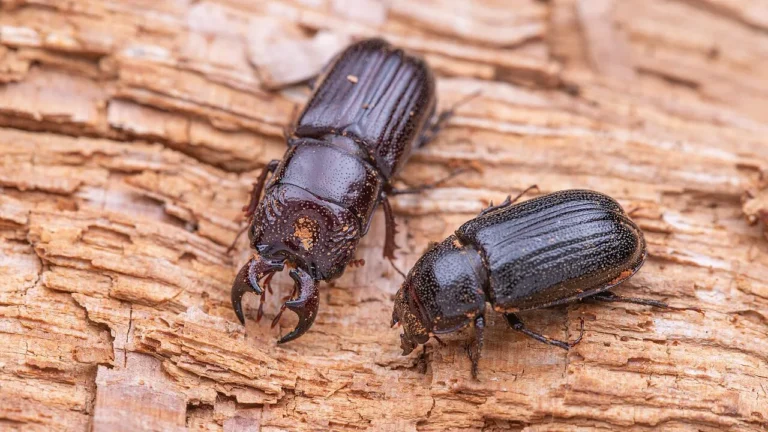Is Termite a Decomposer? Termite Food Chain Position and Role
Termites are indeed decomposers, playing a crucial role in breaking down organic matter like dead plant material and wood. Their ability to digest cellulose, a complex carbohydrate found in plant matter, allows them to decompose and recycle nutrients back into the ecosystem. Termites contribute to nutrient cycling by converting dead plant material into simpler compounds that can be absorbed by plants and other organisms, ultimately enriching the soil and supporting ecosystem health.
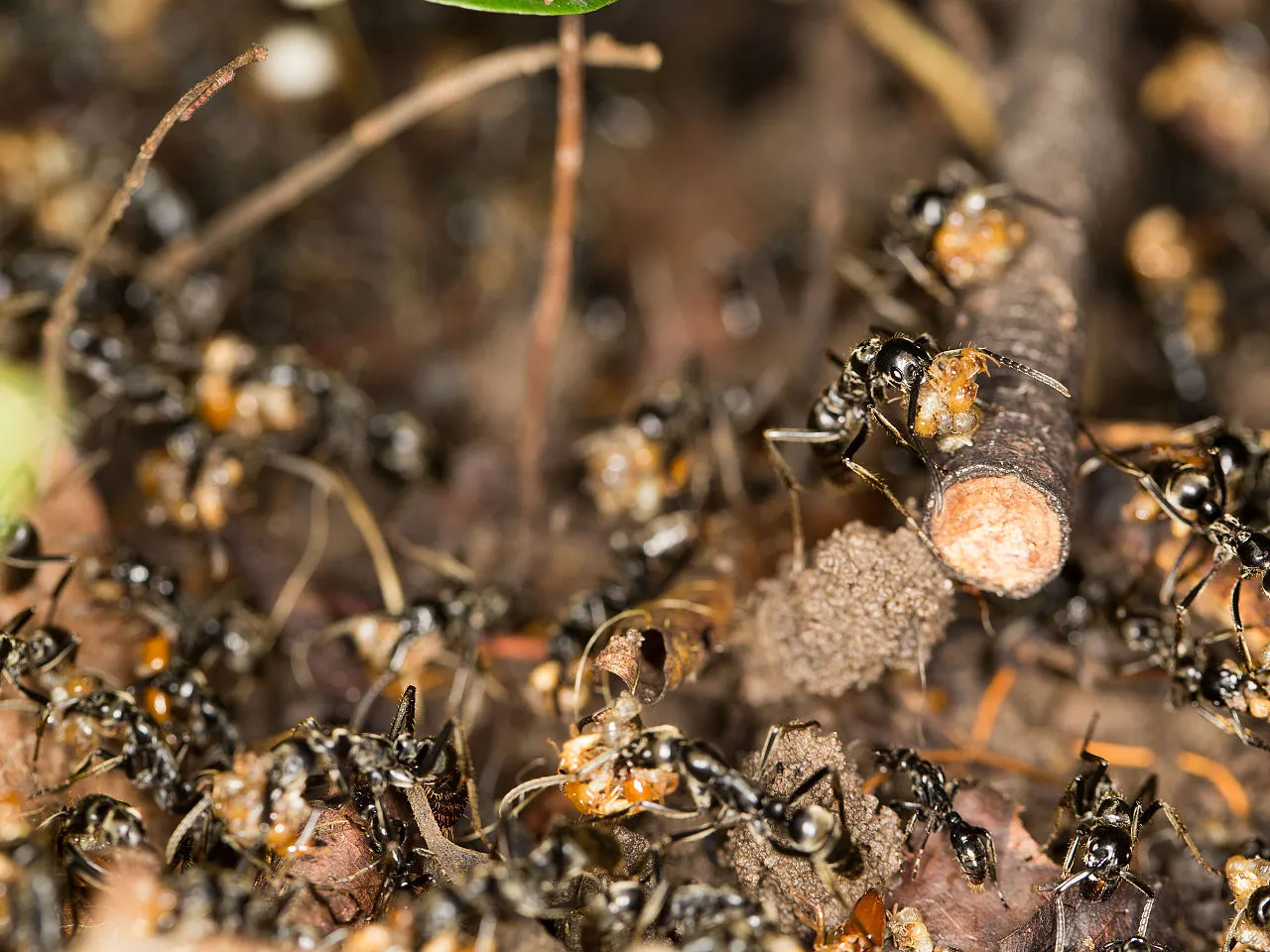
Reasons Why Termites are Decomposers
-
Dietary Habits: Termites primarily feed on dead plant material and wood, breaking it down through enzymatic processes within their digestive systems. This decomposition process aids in the recycling of nutrients back into the environment.
-
Cellulose Digestion: Termites possess symbiotic bacteria and protozoa in their guts that assist in digesting cellulose, a complex carbohydrate found in plant fibers. This ability allows them to extract nutrients from plant material that would otherwise be indigestible to many other organisms.
-
Role in Nutrient Cycling: By decomposing organic matter, termites facilitate the release of nutrients such as nitrogen, phosphorus, and carbon back into the soil, where they can be utilized by plants and other organisms. This nutrient cycling is essential for maintaining ecosystem productivity and health.
-
Ecosystem Engineers: Termites construct elaborate underground tunnels and nests using soil and plant material, which further aids in decomposition processes. These structures create microhabitats that promote microbial activity and enhance decomposition rates.
-
Contribution to Soil Health: Through their decomposition activities, termites improve soil structure and fertility, promoting plant growth and overall ecosystem resilience. They play a vital role in maintaining the balance of terrestrial ecosystems by recycling nutrients and organic matter.
Are African Termites Decomposers?
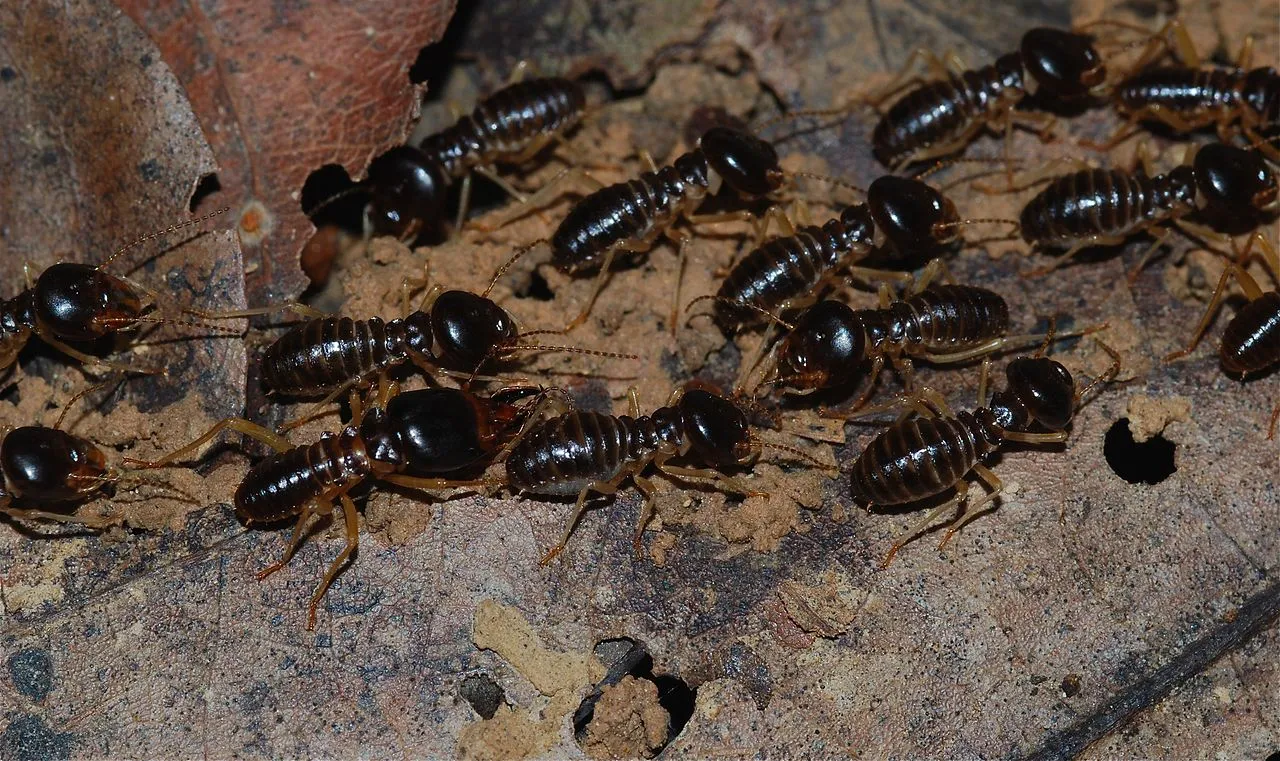
Yes, African termites, like termites found in other regions, are decomposers. They play a significant role in breaking down organic matter such as dead plant material and wood in their ecosystems. Through their digestive processes and symbiotic relationships with microorganisms, African termites contribute to nutrient cycling and the recycling of organic materials, ultimately benefiting the health and balance of their respective environments.
Are Termites Producers?
No, termites are not producers. Producers are organisms that can photosynthesize or chemosynthesize to produce organic compounds from inorganic substances. Termites, on the other hand, are heterotrophic organisms that obtain their energy and nutrients by consuming organic matter. While they play a vital role in ecosystem processes as decomposers, they do not produce organic compounds from non-organic sources like producers do.
Reasons Why Termites are Not Producers
-
Heterotrophic Nature: Termites are heterotrophic organisms, meaning they cannot produce their own food through processes like photosynthesis or chemosynthesis. Instead, they rely on consuming organic matter for energy and nutrients.
-
Lack of Synthesis: Unlike producers, which synthesize organic compounds from inorganic substances, termites do not have the ability to convert non-organic materials into organic matter. They obtain all their necessary nutrients from the consumption of already existing organic material.
-
Dependency on External Sources: Termites depend on external sources of organic matter, such as dead plant material and wood, for their survival. They do not contribute to the production of new organic material in the ecosystem.
-
Role as Decomposers: Termites play a crucial role in breaking down organic matter and recycling nutrients back into the environment. While producers create organic matter, termites help to decompose and recycle it, maintaining the balance of nutrients within ecosystems.
Are Termites Consumers?
Yes, termites are consumers. As heterotrophic organisms, they obtain their energy and nutrients by consuming organic matter, making them a part of the consumer trophic level in food chains and food webs. Termites primarily feed on dead plant material and wood, but some species may also consume other organic matter such as fungi or animal dung. Their role as consumers contributes to the flow of energy and nutrients within ecosystems.
Reasons Why Termites are Consumers
-
Heterotrophic Feeding: Termites rely on consuming organic matter, such as dead plant material and wood, to obtain energy and nutrients for their survival and growth.
-
Position in Food Chains: Termites occupy a consumer trophic level in food chains and food webs, as they consume organic material produced by primary producers or other organisms.
-
Contribution to Energy Flow: By consuming organic matter, termites participate in the transfer of energy through ecosystems. They convert the chemical energy stored in organic compounds into forms usable by other organisms.
-
Dependency on External Food Sources: Termites cannot produce their own food and must actively feed on external organic sources, making them typical consumers within ecological systems.
-
Role in Nutrient Cycling: Through their consumption of organic matter, termites contribute to the breakdown and recycling of nutrients within ecosystems, further emphasizing their role as consumers in nutrient cycling processes.
Reasons Why Termites are Detritivores
-
Dietary Preference: Termites primarily feed on dead plant material and wood, which are rich sources of detritus, or organic debris. Their consumption of this material classifies them as detritivores.
-
Decomposition Activities: Termites play a crucial role in the decomposition of organic matter, breaking down complex compounds into simpler forms that can be absorbed by other organisms. This process of detritus consumption contributes to nutrient cycling within ecosystems.
-
Contribution to Soil Health: Through their detritivorous feeding habits, termites enhance soil fertility and structure by breaking down organic matter and releasing nutrients into the soil. This improves the availability of nutrients for plant growth and supports overall ecosystem health.
-
Microbial Symbiosis: Termites harbor symbiotic microorganisms in their digestive systems that aid in the decomposition of cellulose and other complex compounds present in detritus. These microorganisms play a crucial role in facilitating the detritivorous lifestyle of termites.
-
Role in Ecosystem Functioning: Termites serve as key players in detritus-based food webs, where they contribute to the breakdown of organic matter and the transfer of energy and nutrients to higher trophic levels. Their detritivorous activities are integral to the functioning and stability of terrestrial ecosystems.
Is A Termite A Producer, Consumer, or Decomposer?
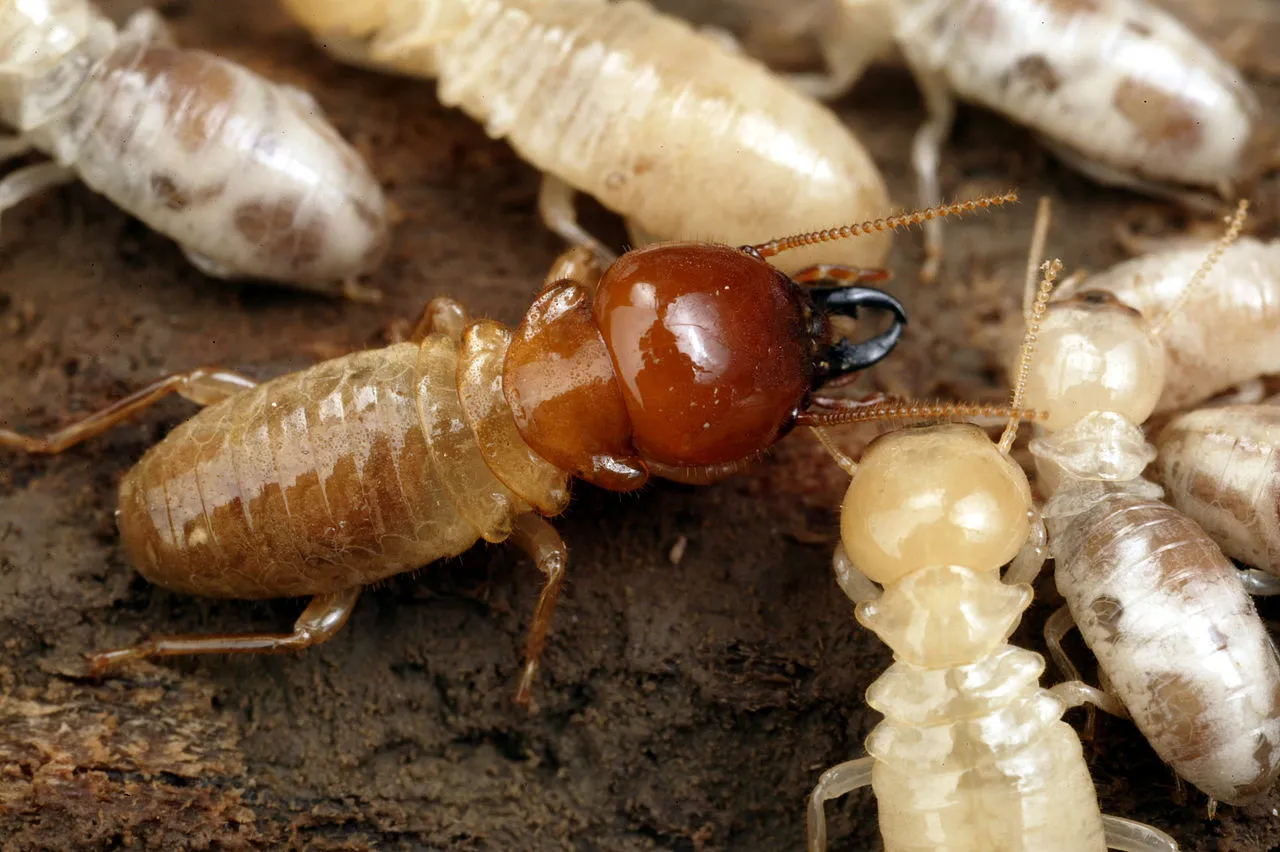
Termites are primarily consumers and decomposers in ecosystems. As consumers, they obtain their energy and nutrients by consuming organic matter, primarily dead plant material and wood. Additionally, termites play a crucial role as decomposers, breaking down complex organic compounds into simpler forms and facilitating nutrient cycling within ecosystems. While they do not produce organic matter like primary producers, their consumption and decomposition activities are essential for maintaining ecosystem health and functioning. Therefore, termites are best classified as consumers and decomposers in ecological terms.
What Do Termites Belong To?
Termites belong to the order Isoptera, which is a group of social insects closely related to cockroaches. Within the order Isoptera, termites are further divided into various families and species, each with distinct characteristics and ecological roles.
Are Termites Herbivores?
While termites primarily consume plant material, they are not typically classified as herbivores. Herbivores are organisms that primarily consume living plant material as their main food source. However, termites primarily feed on dead plant material and wood, making them more accurately classified as detritivores or decomposers. Their diet consists mainly of cellulose-rich material derived from plants, but they do not exclusively feed on living plant matter, which is a characteristic of herbivores.
Are Termites Omnivores?
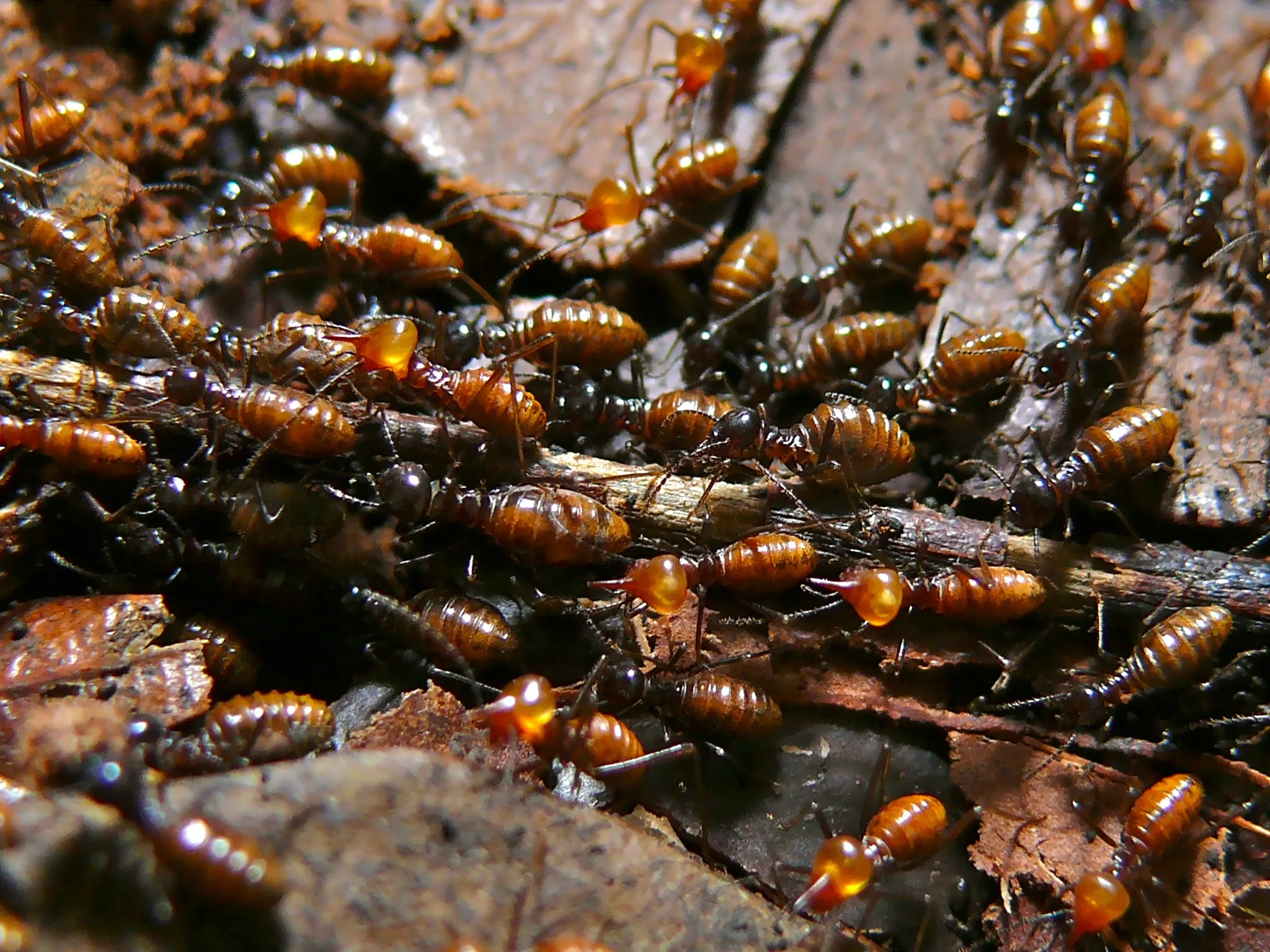
Termites are not typically classified as omnivores. Omnivores are organisms that consume both plant and animal matter as part of their diet. While termites primarily feed on dead plant material and wood, they do not actively seek out animal matter as a significant portion of their diet. Instead, they are better described as detritivores or decomposers, focusing primarily on the consumption of organic debris.
What Do Termites Decompose?
Termites primarily decompose dead plant material and wood. They are highly efficient at breaking down cellulose, a complex carbohydrate found in plant fibers, with the help of symbiotic microorganisms in their digestive systems. Through their decomposition activities, termites play a crucial role in recycling nutrients back into the ecosystem from organic matter, contributing to soil fertility and overall ecosystem health. Additionally, termites may also decompose other organic materials such as leaf litter and animal dung in some cases.
What Type of Reproduction Do Termites Have?
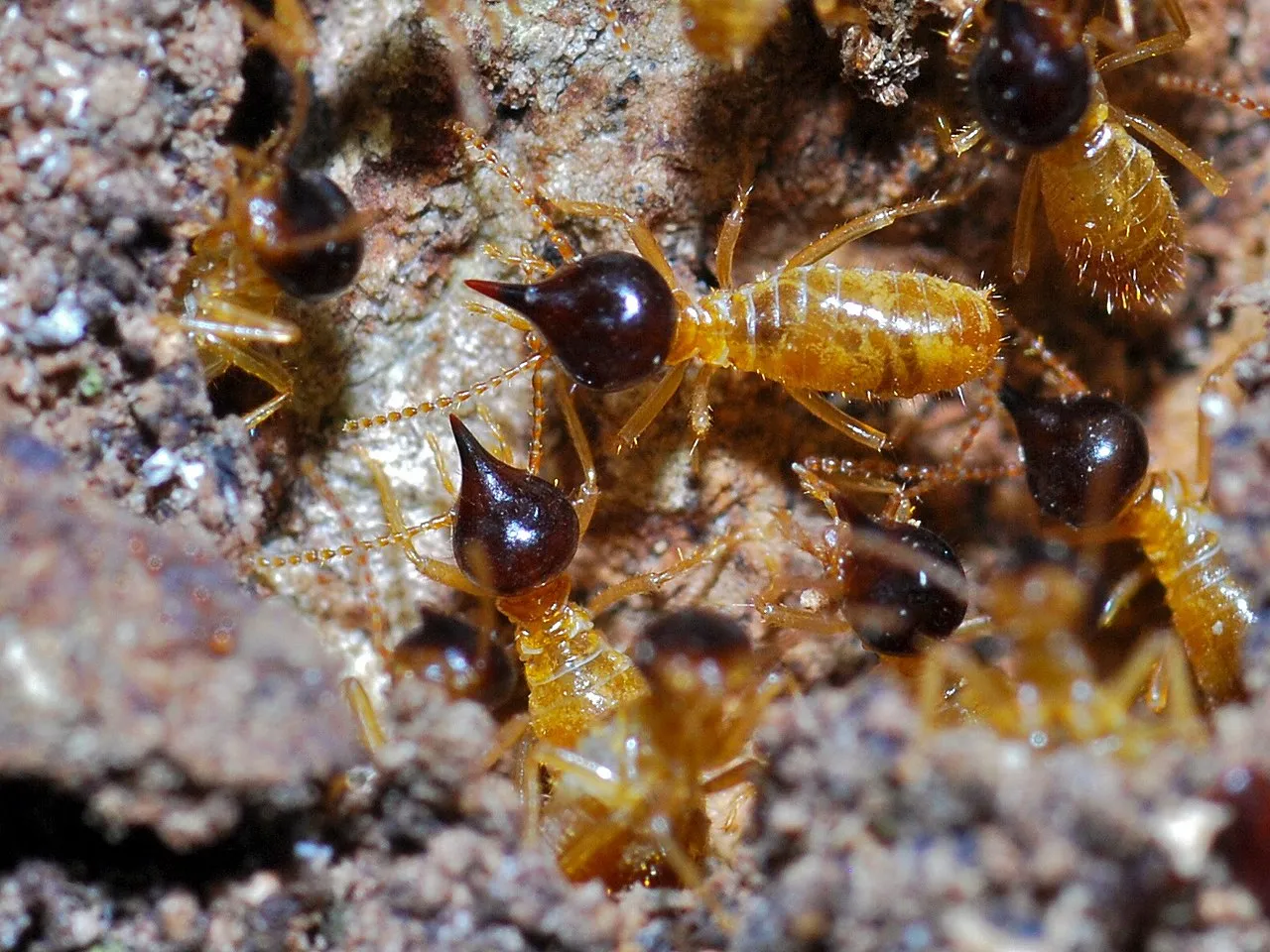
Termites reproduce through a process known as swarming, which typically occurs during specific times of the year when environmental conditions are favorable. During swarming, winged reproductive termites, called alates, emerge from established colonies in large numbers. These alates participate in mating flights, during which they pair up and mate to establish new colonies. After mating, the fertilized female alates, known as queens, shed their wings and seek out suitable nesting sites to begin laying eggs and establish new colonies. The queen termite is responsible for laying eggs and maintaining the colony’s population, while other members of the colony, including workers and soldiers, support colony activities such as foraging, nest maintenance, and defense.
Are Termites Heterotrophs?
Yes, termites are heterotrophs. Heterotrophs are organisms that cannot produce their own food and instead rely on consuming organic matter to obtain energy and nutrients. Termites obtain their energy and nutrients by consuming dead plant material and wood, relying on the cellulose-digesting capabilities of symbiotic microorganisms in their digestive systems to break down these materials into usable nutrients. As heterotrophs, termites play a vital role in nutrient cycling within ecosystems by decomposing organic matter and recycling nutrients back into the environment.
Reasons Why Termites are Heterotrophs
-
Lack of Photosynthetic Capability: Termites lack the ability to photosynthesize, meaning they cannot produce their own organic compounds from inorganic substances like water and carbon dioxide. Therefore, they must obtain their energy and nutrients from external sources.
-
Dependence on Organic Matter: Termites rely on consuming organic matter, such as dead plant material and wood, as their primary source of energy and nutrients. They are unable to derive sustenance from non-organic sources.
-
Symbiotic Relationships: Termites harbor symbiotic microorganisms, such as bacteria and protozoa, in their digestive systems. These microorganisms aid in the digestion of cellulose, a complex carbohydrate found in plant material, allowing termites to extract nutrients from otherwise indigestible material.
-
Role in Nutrient Cycling: As heterotrophs, termites contribute to the decomposition of organic matter and the recycling of nutrients back into the environment. By breaking down dead plant material and wood, they release nutrients that can be utilized by plants and other organisms, playing a crucial role in nutrient cycling within ecosystems.
Do All Termites Reproduce?
Not all termites within a colony are capable of reproduction. In a termite colony, reproductive duties are typically carried out by a select group of individuals known as alates, or swarmers. These alates are winged reproductive termites that emerge from established colonies during specific times of the year to participate in mating flights and establish new colonies.
However, within the colony, there are also non-reproductive individuals known as workers and soldiers. Workers are responsible for tasks such as foraging for food, caring for the queen and her offspring, and maintaining the nest. Soldiers, on the other hand, protect the colony from predators and other threats.
So, while not all termites within a colony are directly involved in reproduction, each caste—workers, soldiers, and alates—plays a specific role in the functioning and survival of the colony.
Do Termites Eat Dead Animals?
Termites typically do not consume dead animals as a significant part of their diet. Their primary source of nutrition is dead plant material and wood, which they efficiently break down with the help of symbiotic microorganisms in their digestive systems. While termites may occasionally encounter dead animals within their environment, they are not specialized scavengers or carnivores. Instead, they primarily focus on consuming organic matter derived from plant sources.
Termite Food Chain Position and Role
Termites occupy a crucial position in the food chain and ecosystem dynamics. As detritivores and decomposers, they play a vital role in breaking down dead plant material and wood, thereby recycling nutrients back into the environment. This decomposition process contributes to soil fertility and supports the growth of plants, which form the base of many terrestrial food chains.
Furthermore, termites serve as a food source for various organisms higher up in the food chain. Predators such as anteaters, aardvarks, and certain species of birds and reptiles rely on termites as a significant part of their diet. Additionally, termite colonies provide habitat and food for a variety of other organisms, including symbiotic microorganisms, fungi, and invertebrates.
Overall, termites are integral to the functioning and stability of terrestrial ecosystems, playing multiple roles as decomposers, nutrient recyclers, and prey for other organisms. Their interactions within the food web highlight their importance in maintaining ecosystem balance and biodiversity.
*Summary
| Key Points | Details |
| Role in Ecosystem |
– Essential decomposers – Contribute to nutrient cycling – Detritivores, consuming organic debris – Not producers, but crucial as consumers and decomposers
|
| Dietary Habits |
– Focus on dead plant material and wood – Not herbivores or omnivores – Primarily detritivores
|
| Reproductive Process |
– Involves swarming and establishment of new colonies by winged reproductive individuals
|
| Caste System |
– Different castes fulfill specific roles – Workers and soldiers support colony activities – Only select individuals involved in reproduction
|
| Interaction with Other Organisms |
– Generally do not consume dead animals – Serve as prey for various predators – Contribute to diet of animals like anteaters and birds
|
| Overall Impact on Ecosystem |
– Integral to ecosystem health and biodiversity – Support soil fertility and other organisms within the food web
|
FAQs about Termites
1. What are termites?
- Termites are social insects belonging to the order Isoptera. They are known for their ability to break down and digest cellulose, making them important decomposers in ecosystems.
2. What do termites eat?
- Termites primarily feed on dead plant material and wood. They are detritivores, meaning they consume organic debris as their main food source.
3. How do termites reproduce?
- Termites reproduce through a process called swarming, during which winged reproductive individuals, known as alates or swarmers, mate and establish new colonies.
4. Do all termites within a colony reproduce?
- No, only a select group of termites, known as alates or swarmers, are involved in reproduction. Other castes within the colony, such as workers and soldiers, support colony activities but do not reproduce.
5. Are termites harmful to humans?
- While termites play important ecological roles, they can also be destructive pests when they infest buildings and structures, causing damage to wooden materials.
6. How can termites be controlled?
- Termite control measures typically involve the use of chemical treatments, physical barriers, bait systems, and integrated pest management strategies to prevent or mitigate termite infestations.
7. What are the different types of termites?
- Termites are classified into three main types based on their nesting habits: subterranean termites, drywood termites, and dampwood termites. Each type has distinct behaviors and preferences for habitat and food sources.
8. How long do termite colonies live?
- The lifespan of a termite colony varies depending on factors such as species, environmental conditions, and availability of resources. Some colonies can persist for several years or even decades under optimal conditions.
9. Are termites important for ecosystems?
- Yes, termites are important decomposers in ecosystems, playing a crucial role in breaking down organic matter and recycling nutrients back into the environment. They contribute to soil fertility and support the growth of plants and other organisms.
10. Can termites be beneficial?
- Despite their reputation as pests, termites can be beneficial in natural ecosystems by aiding in nutrient cycling, soil formation, and habitat creation. Their activities help maintain ecosystem health and biodiversity.
